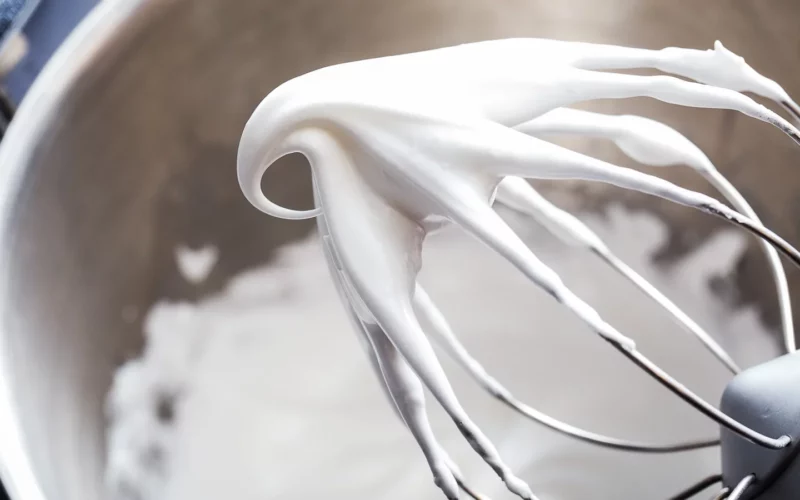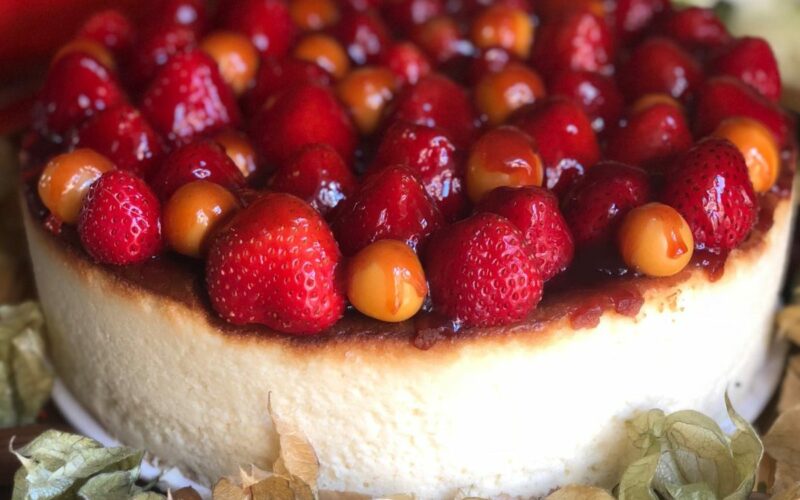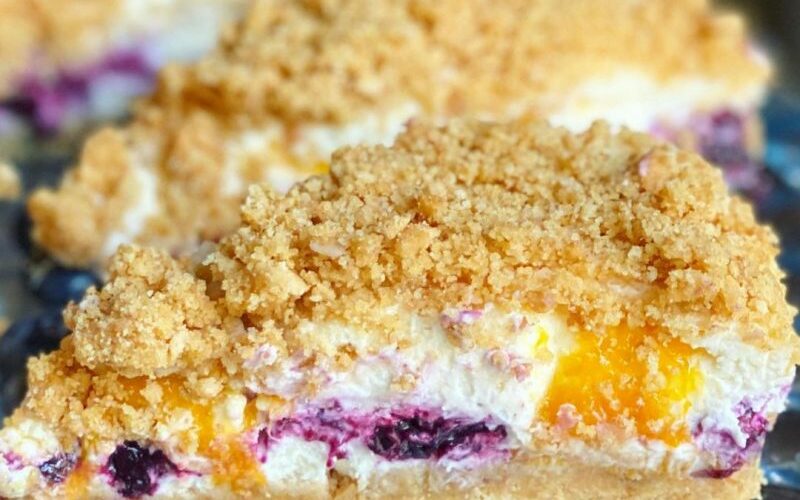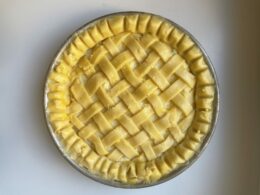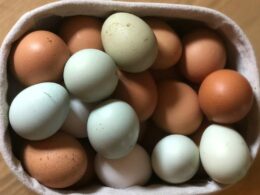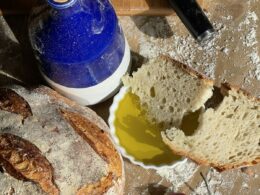Whipped egg whites…? It seems simple, but most of us get nervous at this moment. After all, the outcome of the entire recipe often depends on the consistency of the egg whites. What do you need to know for a perfect result!
- Take an aluminum bowl. Why not a plastic one? It’s all about temperature. An aluminum bowl won’t heat up as much as a plastic one. In old times in Italy, they used copper bowls, but I doubt you have one at home.
- Eggs should be fresh and at room temperature.
- It’s important to remember that the bowl, beaters, and any other utensils used for beating egg whites should be perfectly clean and dry!!!
- When separating the egg whites from the yolks, make sure that not even a tiny bit of yolk gets into the whites. Even the smallest amount can affect the final result of whipped egg whites.
- For better results, you can add cream of tartar. It helps stabilize the whipped egg whites. If you don’t have this ingredient available in your store, you can substitute it with lemon juice (a few drops will be enough). These ingredients are added before starting to beat the egg whites.
- If you’re using an electric mixer to whip the egg whites, start at low speed and gradually increase to high speed.
- Never add sugar right from the beginning. Start adding sugar when you see that the egg whites are starting to form stiff peaks. Sugar should be added gradually.
- If you need to incorporate the whipped egg whites into any other batter or cream, use a silicone or wooden spatula. Fold the egg whites gently, using a top-to-bottom motion, to avoid breaking the egg white’s consistency.

